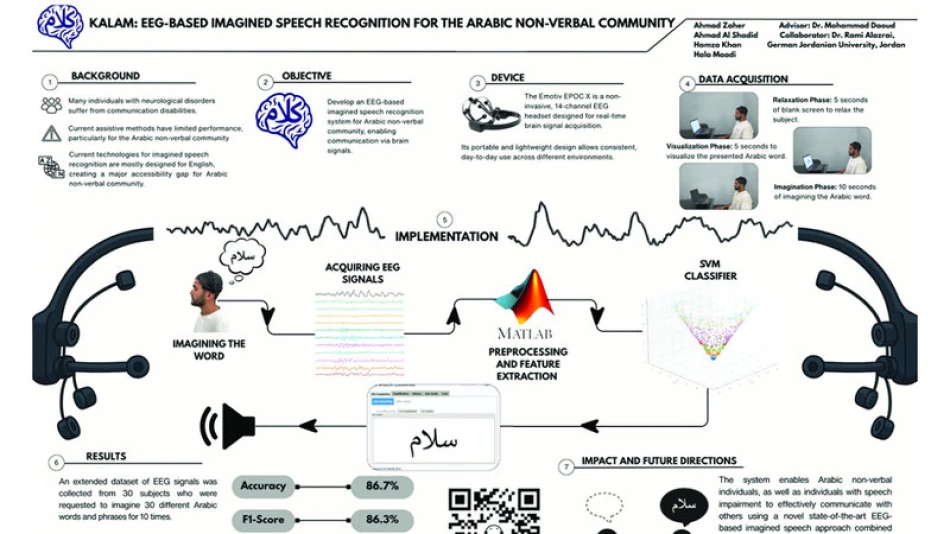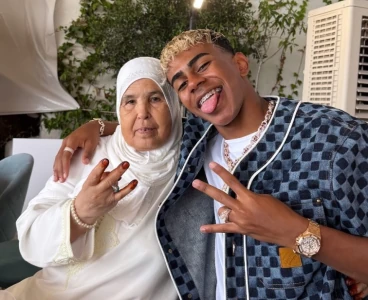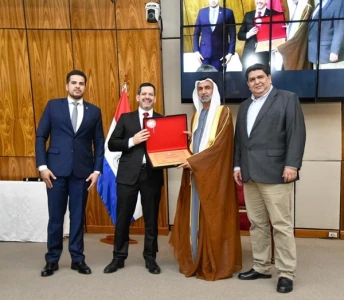
Taliban Develops AI App to Convert Ideas into Captivating Arabic Content
Two students at the American University of Sharjah have created an app that reads brain signals and converts imagined Arabic words into text or speech. Ahmed Zaher and Ahmed Shadid won second place at the 2025 James Dyson Award in the UAE for their "Kalam" app, which helps people who can't speak communicate just by thinking words.
Here's how Kalam works: Users wear an EEG headset that picks up brain signals when they imagine specific Arabic words. The system cleans up these raw signals to remove noise, then processes them to find key patterns in how the brain responds. It matches these patterns against a library of 30 trained words. When it finds a match, the word appears as text or gets spoken out loud through the app.
The whole process happens instantly. Users can communicate without any physical movement - just by thinking the word they want to say.
What makes this different is its focus on Arabic. Most brain-computer interface research targets English, leaving Arabic speakers with fewer options. Many current assistive tools rely on eye tracking, physical buttons, or limited symbol boards. But Kalam lets users communicate through thought alone.
The technology could help people with conditions like ALS, stroke, or spinal cord injuries who have lost the ability to speak or move but still have their cognitive abilities intact. Right now, the system recognizes 30 Arabic words, but the researchers could expand this vocabulary as the technology develops.
Brain-computer interfaces have been gaining attention in recent years, with companies like Neuralink making headlines. But most development has focused on English-speaking markets. This Arabic-focused approach addresses a real gap for the 400 million Arabic speakers worldwide.
The James Dyson Award recognizes innovative engineering solutions to real-world problems. Previous winners have gone on to commercialize their inventions and help thousands of people. For Kalam, the recognition could help the students find funding to expand their word library and make the technology more widely available.
The app represents a step toward more inclusive assistive technology. While 30 words might seem limited, it's enough for basic communication needs - asking for help, expressing pain, or conveying simple wants and needs.
 Sara Khaled
Sara Khaled







